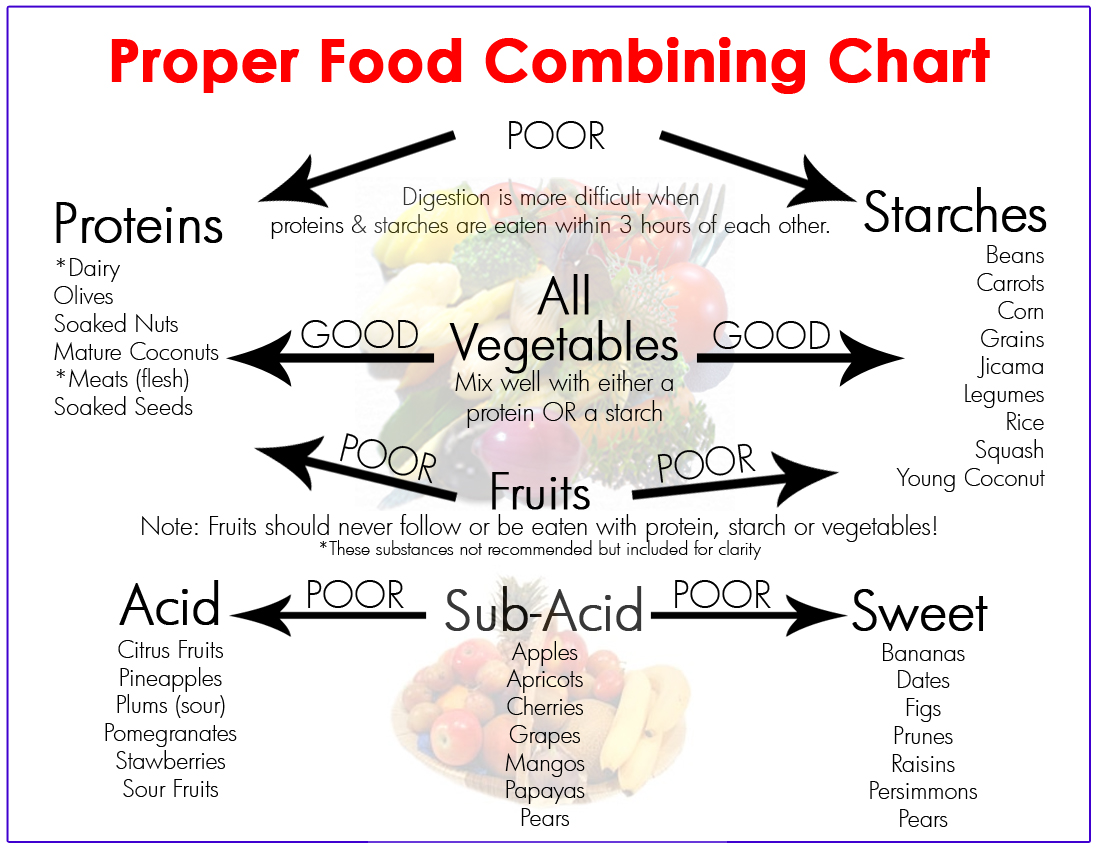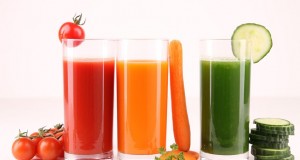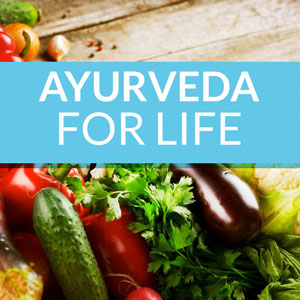Best Kept Detox Secret
 The sun is getting slightly warmer every day in New York City. The air is not so frigid anymore. Once again I am looking forward to stepping outside and walking to my yoga classes… Spring is here!!!
The sun is getting slightly warmer every day in New York City. The air is not so frigid anymore. Once again I am looking forward to stepping outside and walking to my yoga classes… Spring is here!!!
Going along with the nature’s lead to cleanse and rejuvenate in Spring, I was thinking a lot about purifying and resetting my body. The bikini season is not that far away anymore, ladies! As a part of my Spring mini-detox I even decided to avoid my regular afternoon stop at an Indian store for my favorite Kheer Mohan, at least for a while:).
Spring Detox doesn’t have to be a monumental undertaking of completely refusing all your favorite foods or going on a juice only diet for days at a time. All it takes to detox is to reduce the amount of toxins that we put into our body on a daily basis. This will reduce the workload of our 5 internal toxin fighters: liver, kidneys, colon, lungs, and skin. As a result of a reduced workload they will be able to start working on the old piles of garbage that we collected throughout the cold food-filled Winter months. This is the most crucial and the most overlooked aspect of any cleansing program. Some toxins are easy to avoid since they are very obvious: preservatives, 20 letter unpronouncable ingredients, colors,  and other chemicals have to go! Other evil pollutants are not as easy to recognize because they form inside of our own body due to untimely or wrong food choices and combinations.
and other chemicals have to go! Other evil pollutants are not as easy to recognize because they form inside of our own body due to untimely or wrong food choices and combinations.
A couple of weeks ago one of Real Yoga NYC readers asked me an interesting question. David emailed me (you can email me too at nadyaand@gmail.com, if you have an interesting Ayurveda-related question!!!): “As a new reader I’m not sure if you have covered this topic yet, but I would like to read/learn about the ayurvedic tradition of food combination and its relatedness to digestibility and nutritional status.”
David, thank you for a timely question! Keep them coming, guys! Below is the answer and it’s relation to a Spring detox. The two go hand in hand!
Ayurveda has its own approach to food combining. Every food has its own taste (rasa), a heating or cooling energy (virya) and post-digestive effect (vipak). When two or three different food substances of different taste, energy and post-digestive effect are combined together agni (digestive fire) can become overloaded resulting in production of toxins in the system – trouble starts!
The order in which we eat different classes of foods and how we combine them will determine how well we digest and assimilate our vital nutrients. The better we digest and assimilate our foods, the less likely we are to form toxic substances, accumulate excess fat, and crave unhealthy foods.
Different classes of food require their own specific digestive enzymes – an obvious fact to anyone who has taken high school biology. Yet as a society we seem to have missed the vitally important implication of this fact. It is: by consuming many different types of food at a single meal we place a demand on our digestive glands to manufacture and secrete many different digestive enzymes simultaneously.
 For example, eating bananas with milk can diminish digestive fire, change the intestinal flora, produce toxins and cause sinus congestion, cold, cough and allergies. Although both of these foods have a sweet taste, a cooling energy, their post digestion effect is very different – bananas are sour while milk is sweet. This causes confusion in our system and results in serious imbalances.
For example, eating bananas with milk can diminish digestive fire, change the intestinal flora, produce toxins and cause sinus congestion, cold, cough and allergies. Although both of these foods have a sweet taste, a cooling energy, their post digestion effect is very different – bananas are sour while milk is sweet. This causes confusion in our system and results in serious imbalances.
Here’s a Quick Cheat Sheet on Ayurvedic Food Combining:
The good news is that you can still eat great food and enjoy every bite!
- Avoid mixing milk or yogurt with sour or citrus fruits. And, yes, it means that yogurt with fruit would not be considered a healthy breakfast choice by an ayurvedic practitioner!
- Don’t combine grains or starchy vegetables with protein. Especially, if under stress or have weak digestive system.
- Melons should be eaten alone or left alone.
- Try to eat fruits separately to get the most nutrients.
- Avoid eating cooked and raw foods together.
- Do not eat meat protein and milk protein together.
- Do not mix fresh milk with other milk products. The action of hydrochloric acid in the stomach causes the milk to curdle. For this reason Ayurveda advises against taking milk with sour fruits, yogurt, sour cream, cheese, and fish.
- Avoid eating fruits together with potatoes or other starchy foods. Fructose (fruit sugar) and other sugars are digested quickly, whereas starch takes quite some time. In this case the sugar would not be properly digested.
This graph from Vital Life Foundation can be helpful to anyone who like to visualize things
For Your Happy Belly!












